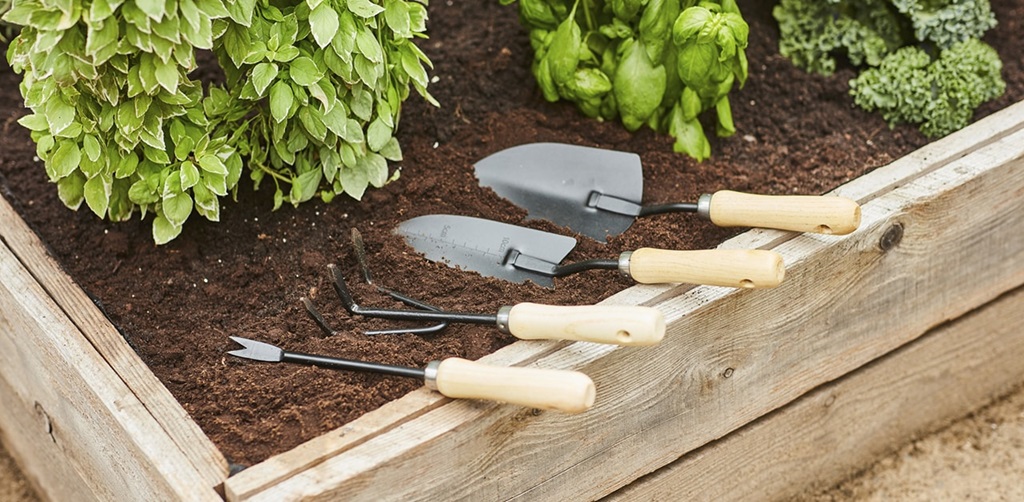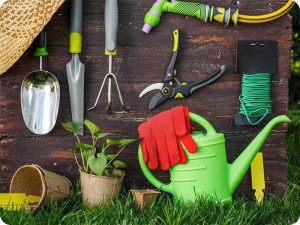
Imagine the thrill of unearthing buried treasure. not gold doubloons, but something far more valuable: the vibrant promise of life waiting to blossom beneath your fingertips. With a gleaming hand trowel as your compass, you embark on a journey of endless possibilities, transforming barren patches into vibrant landscapes, coaxing tiny seeds into verdant empires, and sculpting the earth into your creative canvas.
The hand trowel transcends the mundane. It becomes a wand of creation, a key to unlocking a universe of possibilities. Whether you’re a seasoned gardener, a budding DIY enthusiast, or simply someone who craves the satisfaction of getting your hands dirty (metaphorically, of course!), the hand trowel awaits, eager to be your partner in this grand excavation of potential.
From Delicate to Dauntless: Demystifying the Hand Trowel Arsenal
The humble hand trowel may seem like a simple tool, but step into its world, and you’ll discover a universe of diversity. Just like a brush comes in a spectrum of bristles, the trowel boasts a range of materials, shapes, and sizes, each tailor-made for specific tasks. So, before you plunge into the soil, let’s embark on a tour of this fascinating arsenal, equipping you with the knowledge to choose the perfect trowel for every adventure.
Stainless Steel: The knight in shining armor of the trowel world, stainless steel is gleaming, rust-resistant, and perfect for tackling rough surfaces like concrete or plaster. Its sturdiness makes it ideal for heavy-duty tasks like mixing mortar or spreading thick adhesives. But be warned, its weight can tire your hands on long projects.
Carbon Steel: The agile warrior, carbon steel is lighter and more flexible than its stainless counterpart. It glides effortlessly through soft soil and allows for delicate maneuvering around delicate roots. However, its susceptibility to rust necessitates proper care and drying.
Plastic: The lightweight champion, plastic trowels are budget-friendly and surprisingly durable for simple gardening tasks. They’re perfect for children or those with limited hand strength. But their softer nature limits them to light digging and scooping.
Shape Up for Success:

Round Trowel: The all-rounder, the round trowel is your go-to for general gardening. Its smooth edges make it ideal for digging holes, planting, and smoothing soil. Think of it as the Swiss army knife of the trowel world.
Pointed Trowel: The precisionist, the pointed trowel excels in tight spaces. Its narrow tip navigates between plants with ease, perfect for weeding, transplanting seedlings, and reaching into corners. Imagine it as the scalpel of the trowel family.
Square Trowel: The builder, the square trowel is a master of flat surfaces. Its sharp edges create clean lines and are ideal for spreading concrete, plaster, or even leveling potting soil. Think of it as the trowel equivalent of a carpenter’s level.
Size Matters Too:
Mini Trowel: The pocket-sized powerhouse, the mini trowel is a gardener’s secret weapon. It tackles small tasks like transplanting seedlings, filling planters, and reaching into tight corners with ease. Imagine it as the agile hummingbird of the trowel family.
Standard Trowel: The workhorse, the standard trowel is the most common size for a reason. It’s versatile enough for most gardening tasks, from digging holes to mixing compost. Think of it as the reliable sedan of the trowel world.
Long-handled Trowel: The back-saver, the long-handled trowel is a boon for those with back problems. It allows you to work without bending over, reducing strain and fatigue. Imagine it as the ergonomic armchair of the trowel family.
Finding Your Perfect Fit: The Art of Choosing the Right Hand Trowel
Know Your Needs:
Garden Size: For a sprawling Eden, consider a robust standard or long-handled trowel. A mini trowel might feel like navigating a jungle in a toy car. Conversely, a petite balcony garden is perfect for a nimble mini or standard trowel.
Soil Type: Sandy soil? A lightweight plastic or stainless steel trowel with a shallow scoop will glide through with ease. Clayey soil, however, demands a sturdier tool like carbon steel or pointed trowel for deeper digs and root maneuvering.
Preferred Tasks: Will you be planting delicate seedlings or mixing heavy compost? Choose a trowel that aligns with your primary activities. A pointed trowel for precision planting may not be ideal for mixing concrete.
Ergonomics Comfort is King:
Handle Design: D-grips offer excellent control and power, while loop handles are better for delicate tasks. Consider padded handles for extended use and materials that won’t slip in sweaty palms.
Grip Material: Rubberized grips provide comfort and reduce hand fatigue, while smooth metal is easier to clean. Choose what best suits your hand and the length of your gardening sessions.
Durable Delights: Investing in Quality:
Construction: Look for seamless welds and reinforced edges for strength and longevity. Avoid flimsy joints or thin blades that might bend under pressure.
Warranty: A good warranty offers peace of mind and speaks volumes about the manufacturer’s confidence in their product. Choose a brand with a solid reputation for quality.
Conclusion
The Final Bloom of Your Hand Trowel Journey

We’ve journeyed deep into the fascinating world of the hand trowel, delving into its diverse forms, uncovering its hidden talents, and equipping you with the knowledge to transform it from a simple tool into an extension of your creative will. But remember, dear earth-tamer, this is not the end, but a glorious beginning.
Embrace the Versatility
Your trowel isn’t just for gardens, it’s a key to a universe of possibilities. From crafting miniature Zen gardens to mixing concrete masterpieces, from scooping spilled flour to unearthing buried treasure (literal or metaphorical!), let your imagination be your guide.
Nurture the Learning
This journey is far from over. Keep exploring, researching, and experimenting. Discover new trowel techniques, delve into specialized garden tools like bulb planters or weeding trowels, and expand your repertoire of soil-based magic. Remember, every scoop, every stroke, is a chance to learn and grow.
Frequently Asked Questions
How do I sharpen my hand trowel?
The most common method is using a file. Choose a coarse file for heavily dulled blades and a fine file for maintaining a sharp edge. Stroke the file away from the blade at an angle that matches the existing bevel. Remember, less is more! Over-sharpening can weaken the metal.
My trowel is rusting! How do I save it?
For mild rust, a simple scrub with steel wool and soapy water can work wonders. For stubborn rust, a vinegar bath (diluted one part vinegar to four parts water) followed by thorough rinsing and drying can do the trick.
Are there any safety precautions I should take when using a hand trowel?
Absolutely! Always wear gloves to protect your hands from cuts and blisters. Be mindful of where you’re digging, especially near buried lines or utilities. And never force the trowel – if the soil is too hard, try loosening it first with a garden fork or pickaxe.
How do I take care of my hand trowel?
Regular cleaning and drying are essential. Wash it with soapy water after use and store it in a dry place. For wooden handles, apply a coat of linseed oil periodically to keep them hydrated and prevent cracking.
Can I use my hand trowel for anything besides gardening?
Absolutely! Your trowel is a versatile tool. Use it for mixing mortar, spreading grout, scooping spilled cereal, or even digging fire pits on camping trips. Just remember to clean it thoroughly after non-gardening tasks to avoid contaminating your soil.





